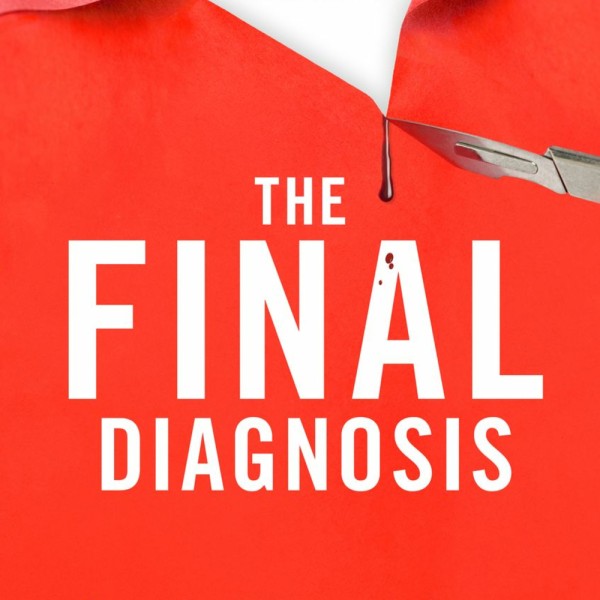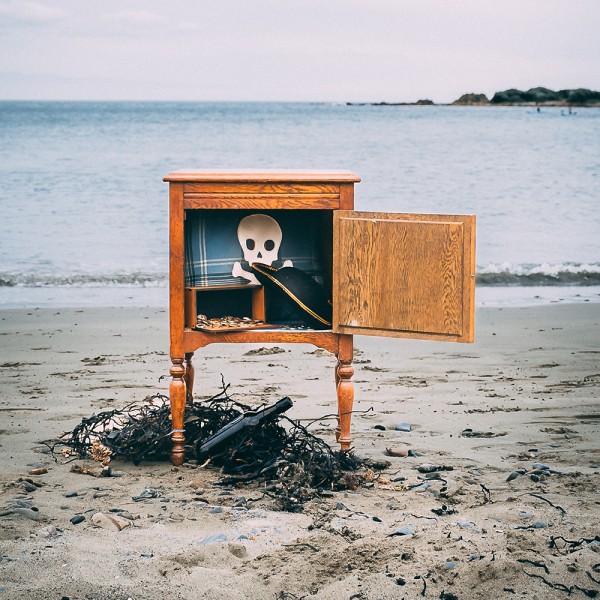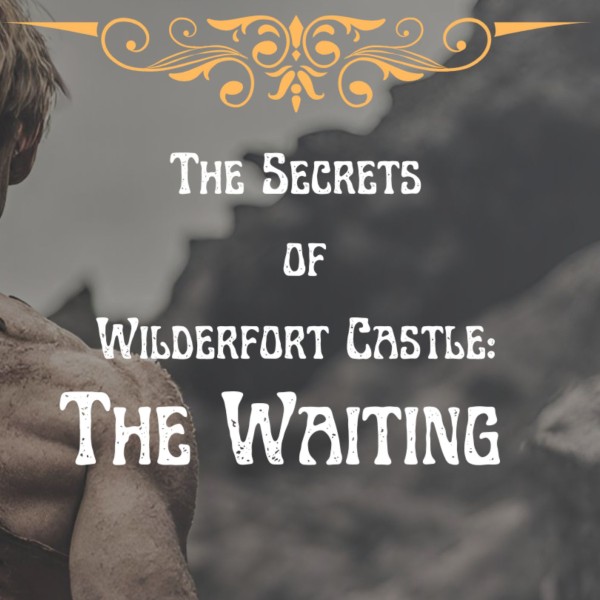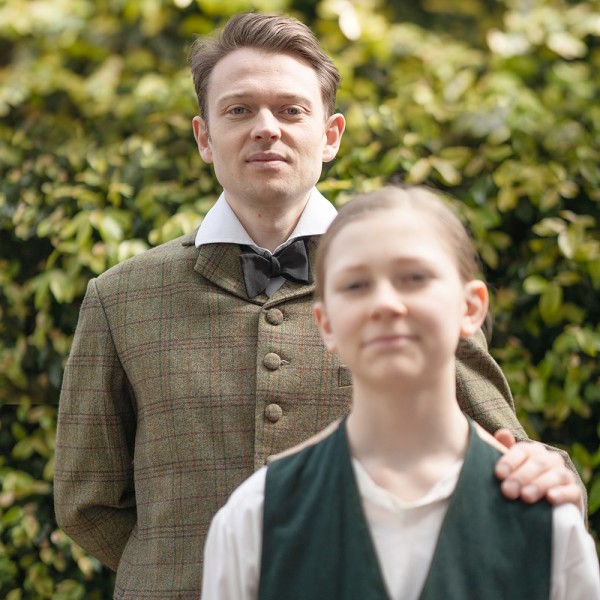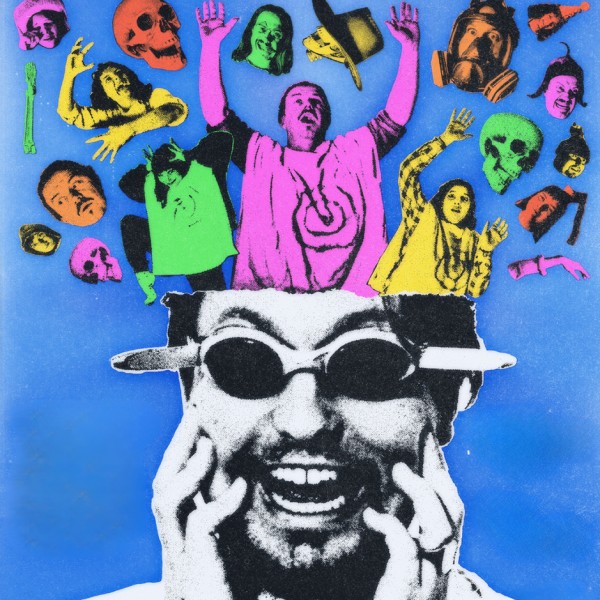
Black Sugarcane
Written by: Nafanua Purcell Kersel
Te Herenga Waka University Press
Reviewed by: Margaret Austin
Nafanua Purcell Kersel is of Samoan heritage though raised in Aotearoa. And it is her heritage that she celebrates in this debut collection, as well as giving voice to her impressions and experiences of life in her adopted country.
The title Black Sugarcane is evocative in its juxtaposing of the dark and the sweet: we discover in the eponymous poem that black sugarcane is in fact a remedy for centipede stings. And that’s the metaphor underlying many of the poems here. “Every Sina from Samoa has bitten skin, / welts like visa rejection stamps - / one for every time she fobs out”.
And in Admissions interview, perhaps predictably, faced with twin sisters Nua and Sina, “The office clerks ask Mum to leave the room”. Then, when unwillingly satisfied: “The clerks look at each other / and shrug, like, / Okay then, I suppose.”
Thankfully, bitterness is often gentled by humour, self-deprecation, or sadness as in baby brother / one love, which recounts the funeral of a four-year-old boy. “Our poem was a cornered thing in my pocket” recalls the writer; and “I spoke our poem, the corners got stuck in my throat”.
Much of my enjoyment of this collection springs from my linguistic leaning. The five sections are each titled with a macroned vowel, and in the ō section we get Vā: Glossary. Here is a lengthy linguistic take on this Samoan word, concluding with Ova “is when you overdo it and don’t know / where to stop with the vā metaphor.”
We work our way through a veritable alphabet of recollection, family stories, and humorous observations. Chief among the recollections are those of the devastating tsunami that struck between two Samoan islands in 2009. Near the end, we read Double crowns, the story of Fuatia who was born with them in her hair. Decades later, the poem’s writer watches her mother graduate, her double crowns having gifted her with academic success and a career.
Black Sugarcane is more than a remedy: it’s an immunity boost!





